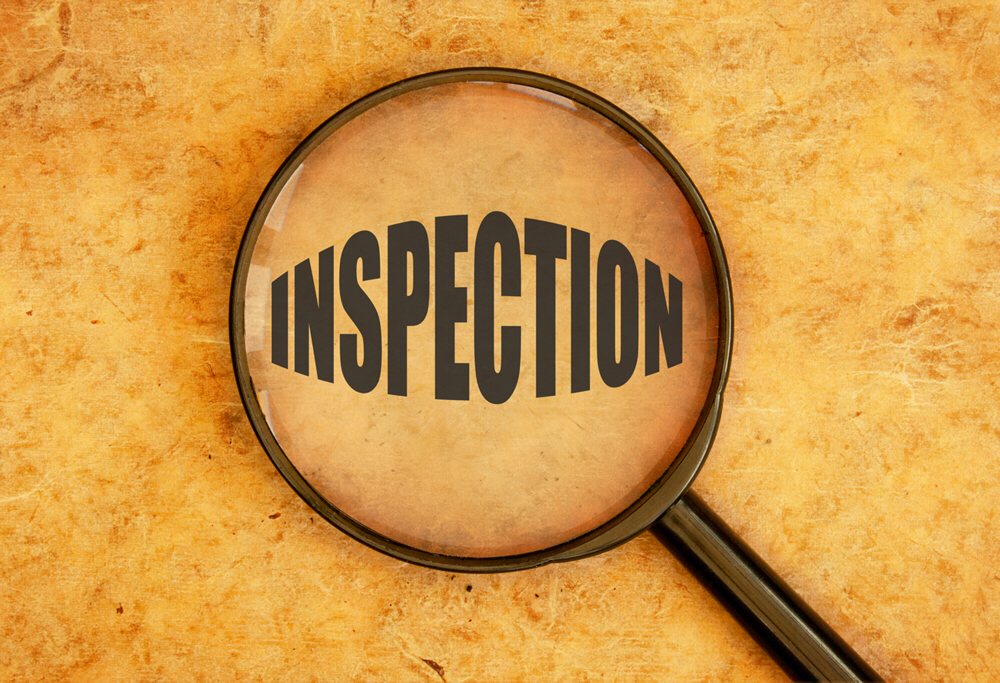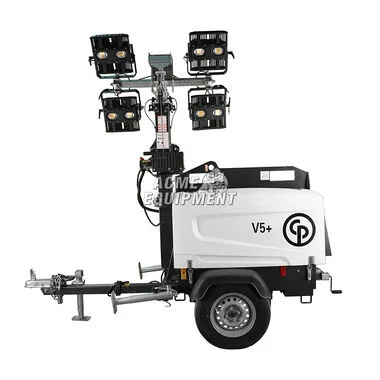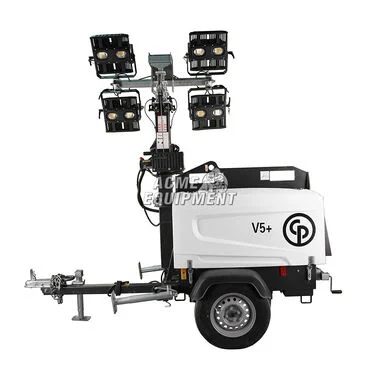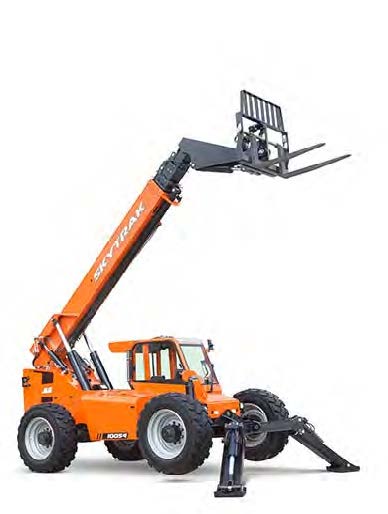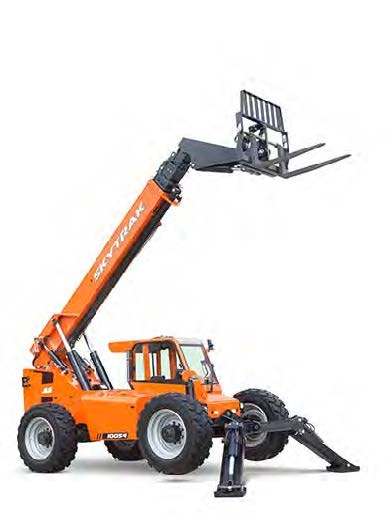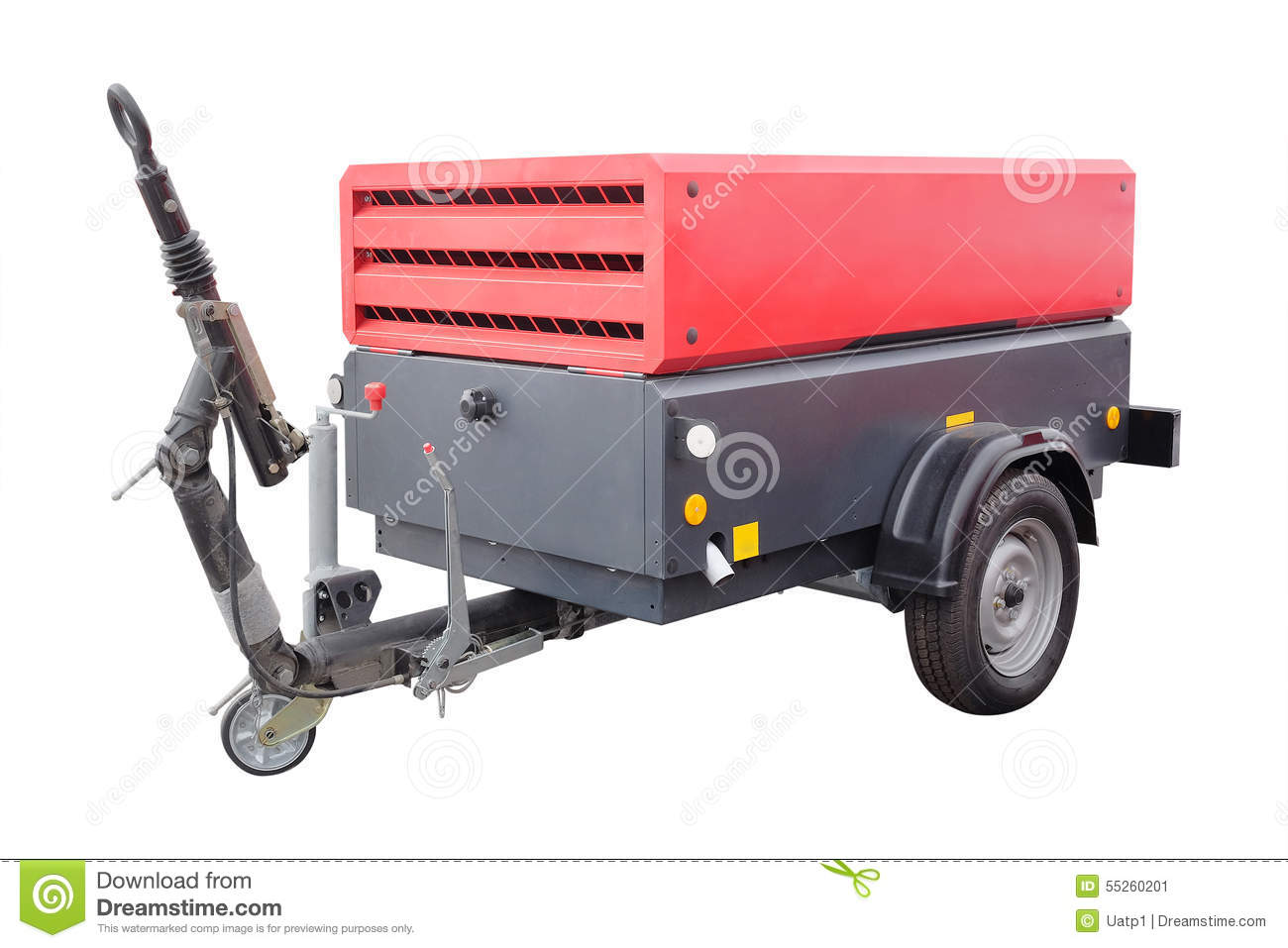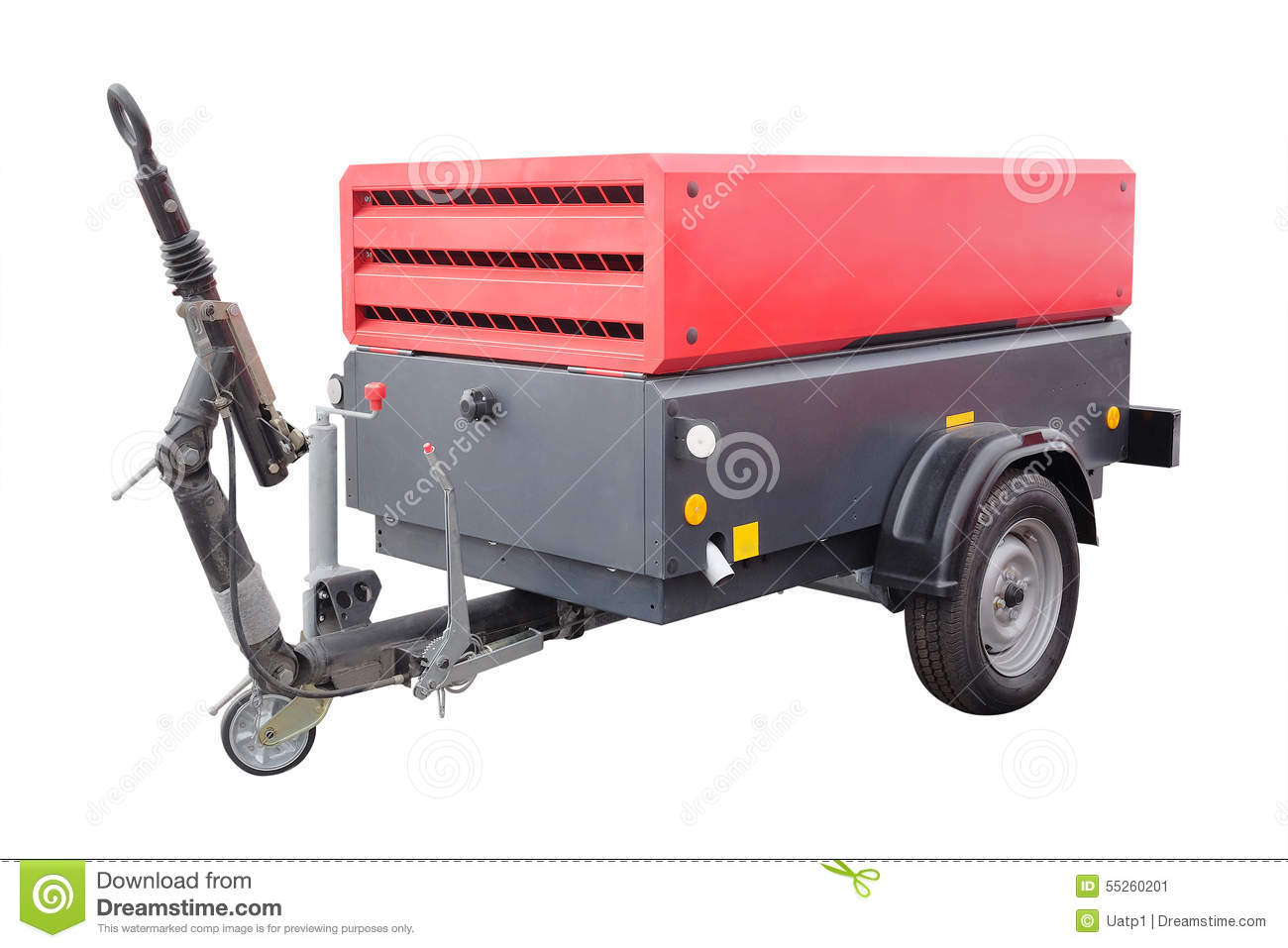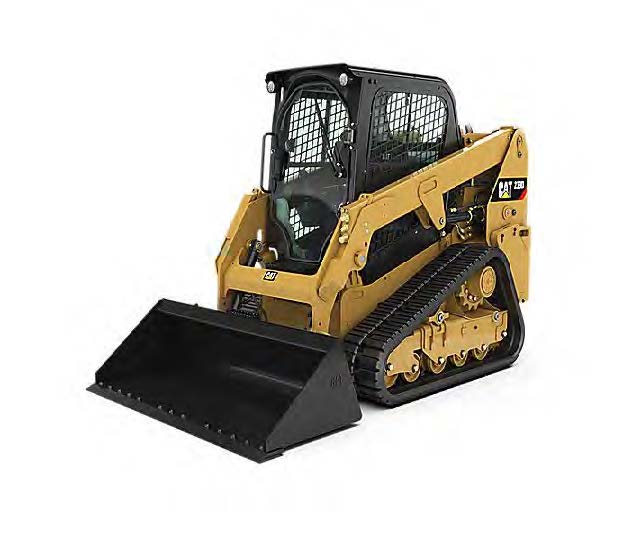Information
-
Equipment Number (This will help sort reports for faster service):
-
Name of Report:
-
Conducted on
-
If your equipment is not listed above, please note here and notify Christopher Cole for addition:
-
Foreman's Name:
- Michael Wright
- Lee Ratliff
- Jason Corbin
- James Brown
- Richard Dickinson
- Anthony Beverly
- Scott Taylor
- Hugh French
- Chuck Ayers
- James Shifflett
- Tom Chestnut
- Christopher Cole
- Tom Manley
- Gary Berghan
- Clyde Eppard
- Mark Davis
-
Location (Drop Pin for GPS & Address):
-
-
The CODE OF FEDERAL REGULATIONS (30 CFR), 56.14100(a); 56.14100(b); 56.14100(c) &1926.600 detail laws that apply to the following types of earth-moving equipment: scrapers, loaders, crawler or wheel tractors, bulldozers, off-highway trucks, graders, agricultural and industrial tractors, compactors, rubber-tired "skid-steer" and similar equipment. Safety starts before you start your machine! A pre-shift inspection of the machine is critical, it helps you to identify potential problems - before you begin using this machine and its THE LAW!
-
https://www.osha.gov/pls/oshaweb/owadisp.show_document?p_table=STANDARDS&p_id=10767 -
Will this equipment be in use today?
-
Equipment Repairs Are Needed?
-
Specifics for needed repairs:
-
Vehicle Start Hours (Take A CLEAR Photo of the Gauge, you must be able to see the hours):
-
Please hand type the hours if you cannot take a clear picture of the meter:
-
Please take a photo of the front rear and left sides of this piece of equipment.
Vehicle Damage
-
Does the vehicle have any noticeable damage?
-
Please take close up pictures of any damage.
Fluids
-
Transmission fluid:
-
Brake fluid:
-
Power steering fluid:
-
Engine oil:
-
Hydraulic fluid:
-
Fuel:
-
Check for leaks:
-
Check radiator:
-
Window washer fluid:
Hydraulics
-
Check fluid levels.
-
Inspect breather caps, breather filters and fill screens:
-
Check filter indicators and/or pressure differential gauges
-
Visually inspect all system hoses, pipes, pipe connections for leaks and frays:
-
Check system temperature via built-in thermometers or hand-held infrared detectors. Normal temperature range for most systems is 110-140ºF.
-
Visually inspect the inside of the reservoir for signs of aeration:
-
Listen to the pump for the signs of cavitation. Cavitation occurs when air is released from the hydraulic oil during momentary depressurization at the pump suction and then imploded onto metal surfaces upon discharge. These implosions are extremely destructive to pump surfaces. A cavitating pump will emit a high-pitched whine or scream:
-
Functional test of all hydraulics on your piece of equipment (exercise hydraulics in all available positions)
-
Test function of dump bed in articulated trucks, does the bed full raise to height and lower?
Bucket & Cab
-
Please take a photo of the interior of the cab:
-
Cutting Edges:
-
Pins and Bushings:
-
Operator's Manual on the equipment:
-
Fire extinguisher is fully charged, mounted and in place (trench rollers are excluded from this requirement):
-
Are there any rips, tears, or burns in the seat?
-
Photo of seat
-
Seat belt:
-
Cleanliness:
General
-
CV Axles:
-
Engine air filter:
-
Cooling system:
-
Cabin air filter:
-
Windshield wipers and windshield:
-
Operation of horn, interior lights, exterior lamps, hazard and brake lights:
-
Operation of backup alarm? (Place equipment in reverse to confirm operation)
-
Oil leaks:
-
Exhaust system:
-
Drive belt:
-
Air conditioning and heating:
-
Battery and terminals:
Brakes
-
Does the equipment readily come to a complete stop when the brakes are applied?
Tracks
-
Have the tracks been cleaned since this equipment was last used?
-
Please take a photo of the clean tracks on both sides of the piece of equipment.
-
Check for looseness:
-
Check Rollers:
-
Check for Bent pads:
-
Grousers:
Wheels
-
Condition of tires:
-
Details of condition being reported:
-
Photo of concern:
-
Checked Tires:
-
Checked Lug Nuts:
-
Is there debris in tires:
Signatures
-
Operator Signature:
-
Foreman Signature:
